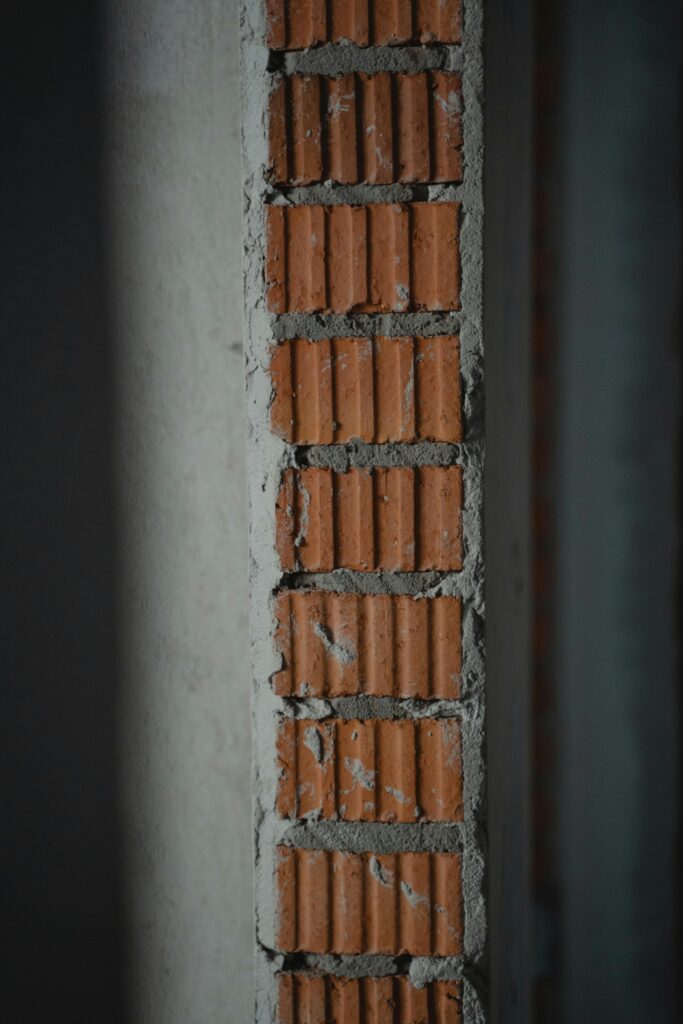
Choosing the Right Concrete Mix for Your Construction Project
Choosing the right concrete mix for your construction project impacts the durability, cost-efficiency, and completion time of the final structure. Identifying the project requirements, understanding the components of concrete, selecting the appropriate mix design, seeking professional advice, and reviewing local building codes are essential.
Every concrete mix consists of five key ingredients: coarse aggregates, fine aggregates, Portland cement, water, and air. The ratios of these ingredients impact the concrete’s strength, workability, and longevity.
Strength
The strength of a concrete mix depends on the ratio of the different ingredients. The right combination provides the best balance between economy and requirements for placeability, strength, durability, density and workability. The ideal way to achieve this is through a close relationship with your ready-mix producer, who can understand your requirements and produce the mix that’s right for you.
The classic mixture is the four-two-one mix: four shovelfuls of rock; two of sand; and one of cement. But for projects that require extreme compressive strength, a mixture with more sand and less rock might be better: a three-two-one or five-two-one.
You’ll also need a wheelbarrow or a large mixing tray, and protective gear: gloves and safety glasses. The cement mixing in the concrete can burn your skin, so you’ll need to wash it off if it gets on you. You’ll also need water to activate the cement and bind the sand and gravel together.
Durability
Concrete is a vital part of construction projects around the world and it can be used for many different applications. Construction professionals need to choose a concrete mix that will meet the needs of their project and provide long-term durability. Durability can be improved by ensuring low permeability, minimal shrinkage and the right amount of entrained air in the concrete mix. Chemical admixtures can also be added to concrete to improve its strength, durability and workability. visit Website for more.
Once the proper admixtures have been added to the concrete mix, it’s time to begin combining the dry ingredients. Begin by pouring the sand, coarse aggregate and cement into a large container and mixing them together until they are uniform in color. Next, slowly begin adding water to the mix. It is important to add water slowly in order to avoid causing the concrete to set too quickly, leading to weaknesses and cracks in the final structure. Once the concrete has been properly mixed, it’s ready to use for your construction project.
Aesthetics
Concrete is used for its durability, stability, and strength, but it also provides a pleasing aesthetic. It can be colored to match other materials, such as brick or stone, for a consistent and uniform look. It can also be stamped to create an appealing design or texture.
Choosing the right concrete mix is essential for your construction project. There are many different types of concrete, and each has its own unique properties. Generally, concrete is comprised of Portland cement, aggregates, water, and admixtures. The type of admixture added can have a huge impact on the final concrete mix, such as reducing the water content or adding a plasticizer.
If you’re mixing your own concrete, start by blending the dry ingredients together. Then, slowly begin to add the water. The concrete is ready when the back of your shovel can create a distinct groove. Be careful not to overdo it, however, as too much water can weaken the concrete.
Cost
Concrete is a vital construction material. Without it, skyscrapers would collapse, piers or abutments wouldn’t hold up bridges, and foundations would crack and crumble. Getting the concrete mix proportions right is essential.
The concrete mix formula consists of cement, aggregate (typically gravel or crushed stone), and water. The cement acts as a binding agent, while the aggregate and water provide bulk.
Once you know your project requirements, you can calculate the optimal mix proportions. This helps ensure that the concrete meets industry standards and provides a margin of safety for your application.
For example, if you’re pouring concrete for a diesel engine mechanic shop that needs extreme compressive strength, the safest bet is a four-two-one mix. This means that you’ll use four shovels full of rock, two buckets full of sand, and one bucket of cement. However, this is only an estimate and will vary based on your location’s climate conditions. You can adjust the mix by adding different types of admixtures to improve workability, strength, or durability.


